Do Vacuums Kill Spiders or Just Scare Them Away?
Spiders are a common sight in many homes. They often evoke fear and curiosity. But what happens when you vacuum them? Do vacuums kill spiders, or do they just scare them away? This question puzzles many homeowners. Understanding the answer can help in managing spider encounters.
Spiders can be more than just a spooky presence. For many, they cause real fear. While spiders are key for controlling other pests, their unexpected and constant appearances can be unsettling. Identifying spider species can also influence extermination methods. Some species are more resilient than others. Knowing this can guide your approach.
Here, we explore vacuuming’s impact on spiders, considering:
Whether vacuums kill spiders
Alternative spider control methods
Tips for effective spider vacuuming
Understanding these aspects will help you decide the best approach for dealing with spiders in your home.
How to Get Rid of Spiders
Spiders are resilient, but certain methods can eliminate them. Understanding these options helps in choosing the best spider extermination approach.
Common methods include:
Chemical sprays and insecticides
Natural deterrents like peppermint oil and citrus peels
Physical removal with vacuums and sticky traps
Each method has its pros and cons. Their effectiveness often depends on the spider species and the home's environment.
Method
Pros
Cons
Chemical sprays & insecticides
Highly effective at killing on contact
Can prevent re-infestation if residual
Can be toxic to pets/kids
Harsh chemical smell
Natural deterrents
Eco-friendly. Repels spiders without killing them
Easy DIY solution
Limited effectiveness
Doesn’t remove existing spiders
Vacuum cleaners
Immediate removal
No chemicals involved
Vacuums clean dust/debris at the same time
Traps only work where placed
Spiders may survive weak suction
Do Chemical Killers Kill Spiders?
Chemical insecticides are designed to kill spiders quickly. They are often effective due to their ability to target and eliminate spiders on contact. These sprays contain active ingredients that interfere with spiders' nervous systems. However, they may pose risks to humans and pets when not used properly.
To safely use chemical spider killers:
Follow all label instructions carefully.
Ensure proper ventilation when spraying indoors.
Keep children and pets away from treated areas until dry.
While effective, chemical insecticides should be a last resort due to potential health risks. Homeowners should also consider their long-term impact on the environment. Opting for eco-friendly solutions where possible is a wise decision for those who prioritize safety and sustainability.
Do Vacuums Kill Spiders?
The idea of vacuuming spiders raises questions about its effectiveness. Most vacuums can trap spiders using strong suction. However, it doesn't guarantee immediate death. The impact depends on the vacuum's power and the spider's size.
Small or fragile spiders may not survive the process. Larger spiders might endure and escape later. The enclosed dust bag or canister can suffocate or dehydrate spiders over time. It's important to use a vacuum with sufficient suction to increase the chances of spider extermination.
For effective vacuuming, consider:
Emptying the vacuum right after use to prevent escape.
Utilizing vacuums equipped with HEPA filters to trap allergens and spider debris.
Inspecting the canister regularly for any surviving spiders.
Vacuuming remains a quick, non-chemical option for managing spiders in homes, but proper follow-up is crucial to ensure success.
How to Vacuum Spiders Properly
Take these steps:
Set your vacuum to strong suction.
Move slowly to direct the spider into the hose.
Immediately dispose of the contents after vacuuming.
Slow movement helps to avoid frightening the spider, which may allow for a more effective capture. Don't forget to seal and empty the vacuum's canister quickly to ensure the spider cannot escape back into your home.
Steps for Killing Spiders With Robot Vacuum
Robot vacuums are great at breaking the web “scaffold” along baseboards and under furniture. The side brush hugs walls, flicks silk and dust into the intake, and regular runs keep those spots too clean for webs to re-anchor. (Ceilings and high corners still need a duster—robots live on the floor.)
If it vacuums a spider: Most get roughed up by the brush and airflow; some can survive in the bin/bag.
What to Do After Vacuuming a Spider
Following vacuuming, a few steps ensure the job is complete. Ignoring post-vacuum measures increases the risk of spider escape.
What you should do:
Want to release it? Pause the vacuum, seal the canister or bin, take it outside, and tap the spider out.
Prefer to dispose of it? Empty into an outdoor trash bag (or swap the sealed dock bag).
Not sure what species? Don’t reach in, put gloves on first, keep it sealed, toss it.
Immediately clean the canister to remove debris.
Cleaning the vacuum ensures no eggs or allergens remain. Outdoor disposal prevents spiders from re-entering the home. Implement these steps to enhance the efficacy of your vacuuming efforts and uphold cleanliness.
Pro Tips for Choosing a Time-saving Vacuum
Selecting an efficient vacuum saves time and improves spider control. A powerful device optimizes performance and results.
Consider these features:
Choose a model with strong suction power.
Opt for machines with a transparent canister.
Look for HEPA filters to trap allergens.
A facilitates quick inspections for surviving spiders. Strong suction ensures they are captured. HEPA filters keep your home environment healthy by trapping microscopic particles. Prioritizing these features helps maintain a spider-free home environment with ease.
Click here to see Dreame robot vacuum's top picks.
FAQ
Do vacuums kill other bugs too?
Vacuums often kill smaller bugs like ants and flies due to the powerful suction. However, larger insects may survive if the vacuum's force isn't sufficient. Ensuring regular disposal and cleaning aids in preventing any surviving pests from returning to the home environment.
Can spiders survive inside a vacuum?
Usually not for long. Even if a spider survives the suction, the vacuum’s dustbin or bag is a hostile environment.
Can a spider crawl out of a vacuum?
Spiders could potentially escape from a vacuum if not emptied promptly. Some species, given time, might recover and find their way out. To avoid this, always empty and dispose of the vacuum contents immediately after use, preferably outdoors, to minimize the risk.
How to clean my vacuum filter after vacuumed a spider?
Cleaning your vacuum filter maintains its performance. Debris and allergens should be routinely removed.
Here’s how to clean it:
Remove the filter according to the manual.
Tap out the debris or wash with water if washable.
Let it dry completely before reinstallation.
Regular maintenance ensures efficient vacuuming, keeping your home free of both spiders and allergens.
Conclusion
While vacuums can be effective against small or fragile spiders, survival varies across species. It largely depends on the vacuum's power and the steps you take after vacuuming. Employing vacuums as part of broader pest control methods helps maintain a spider-free environment.
For those uneasy with critters at home, regular vacuuming and proper disposal can provide peace of mind. Implementing multiple strategies maximizes spider control, while respecting their ecological role.

















































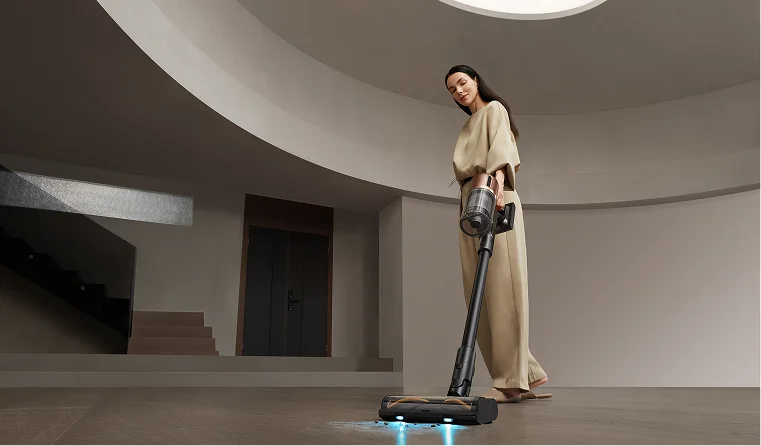
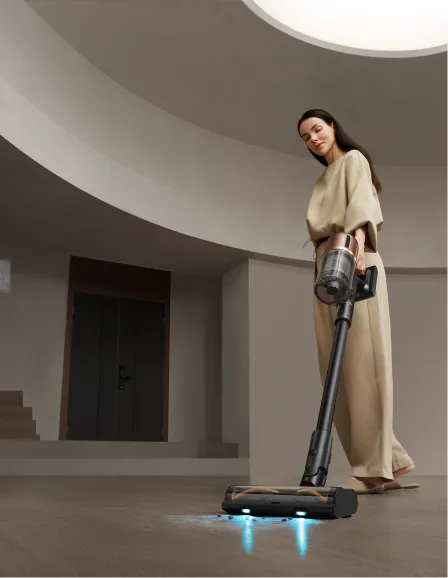
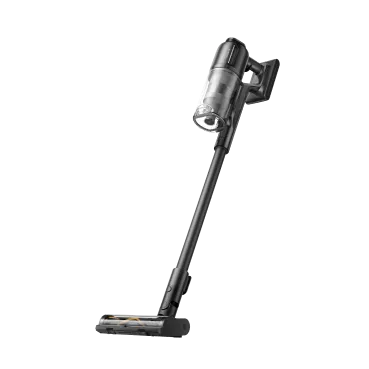
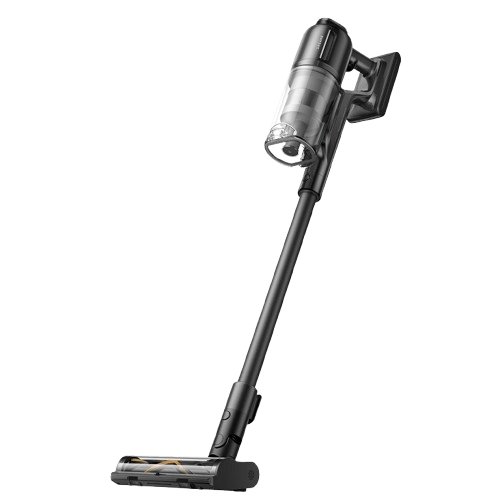
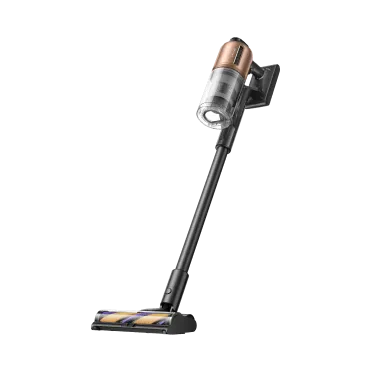
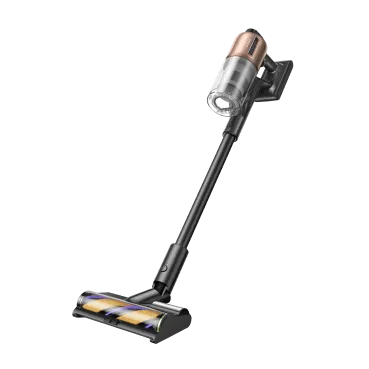
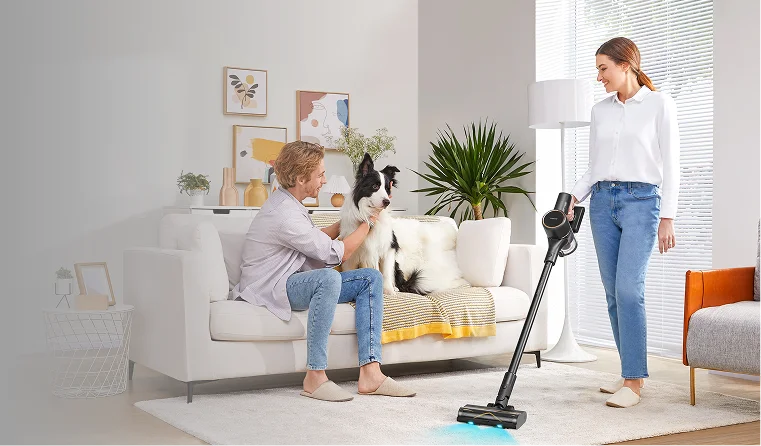
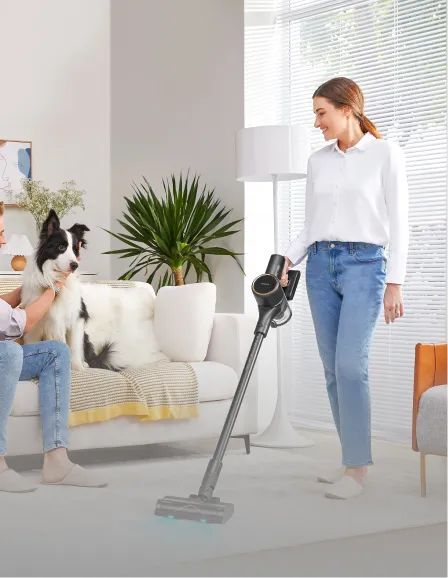
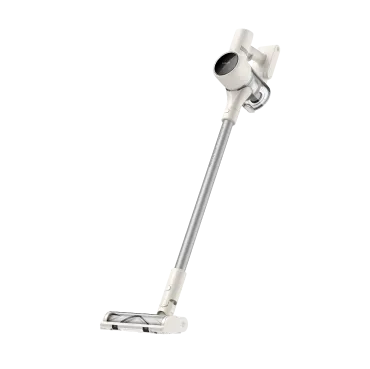
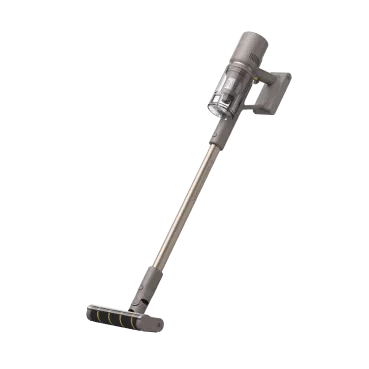
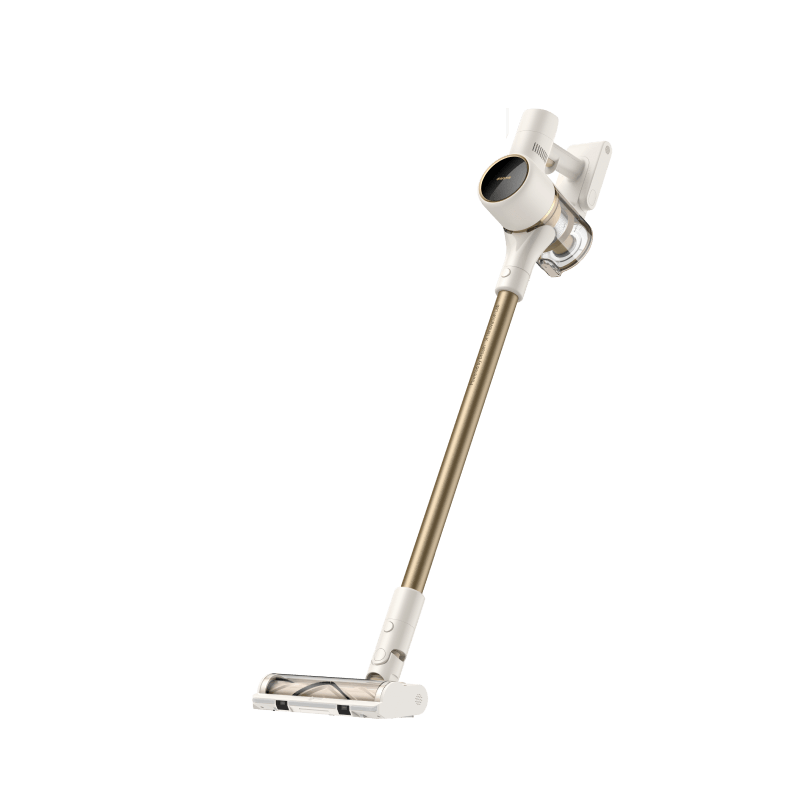
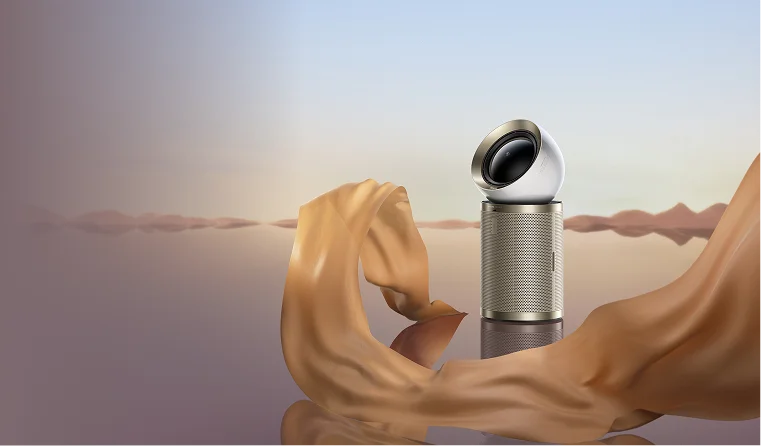
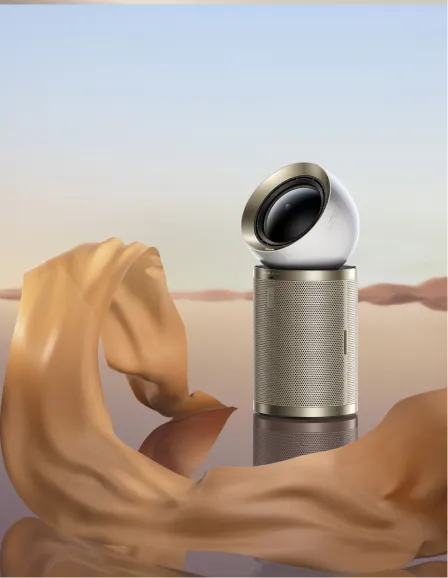

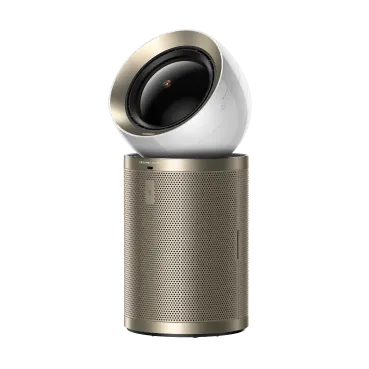
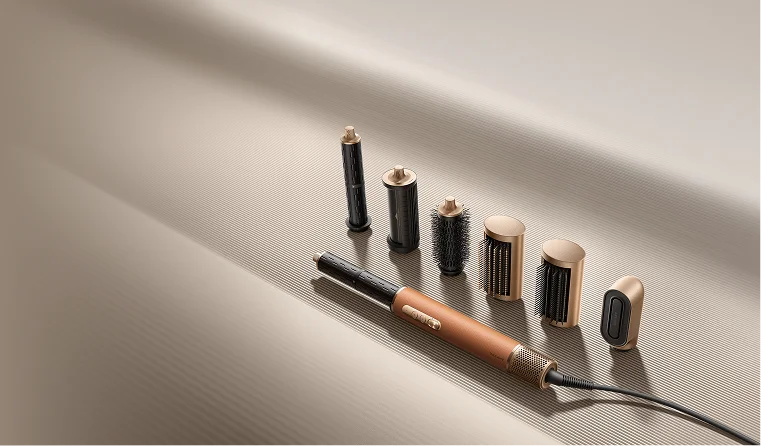
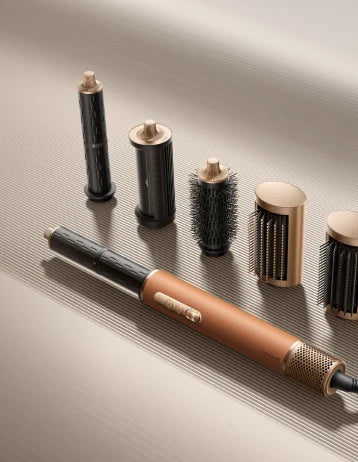
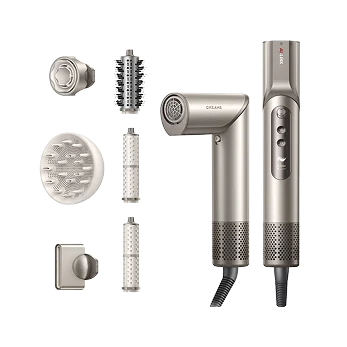


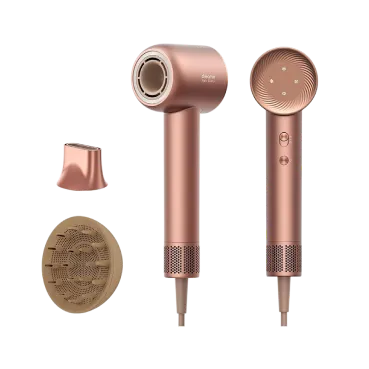
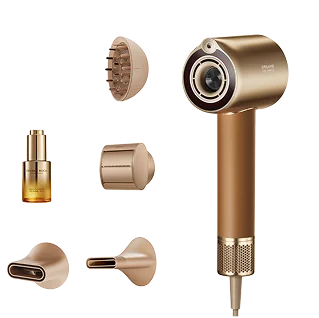
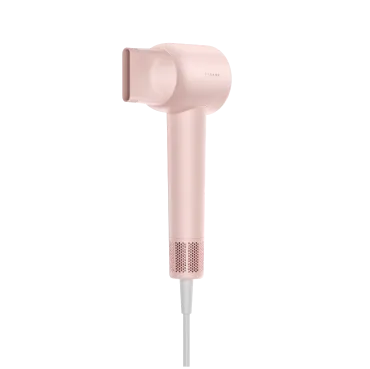


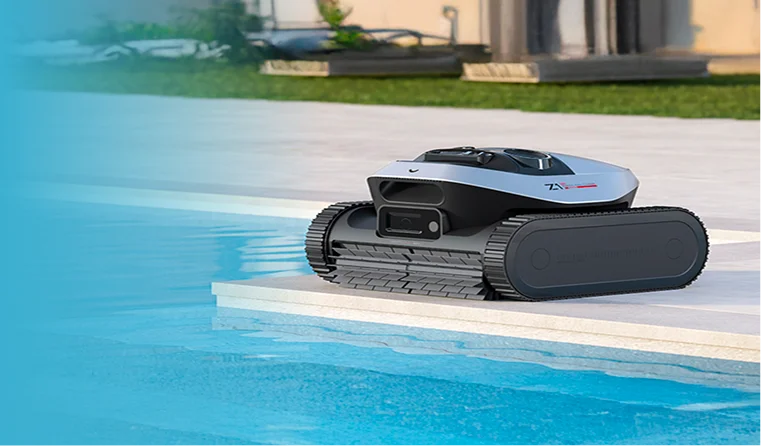
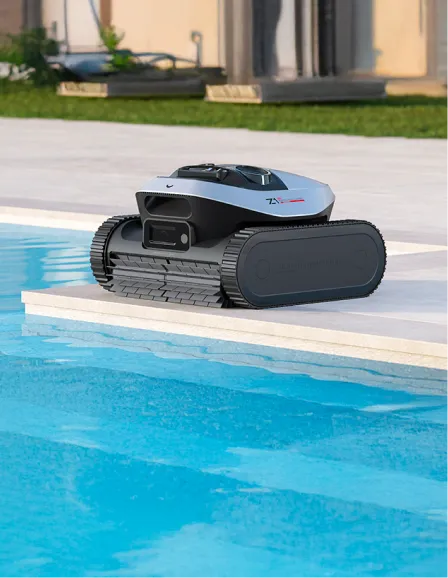
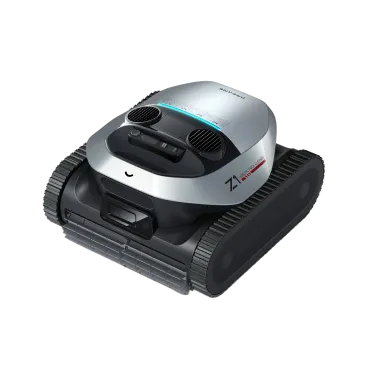
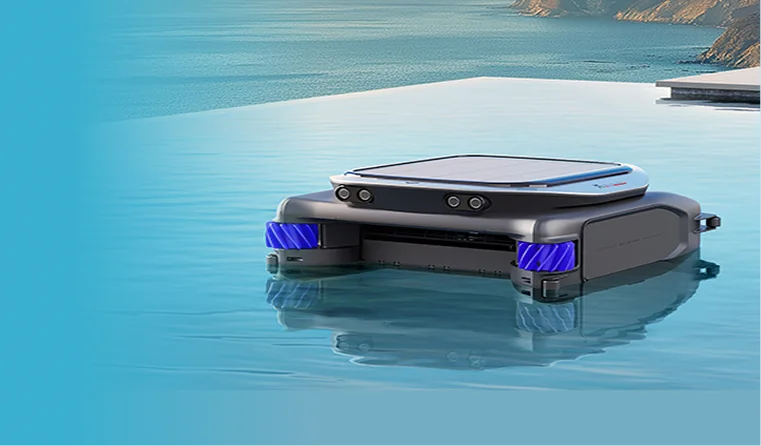
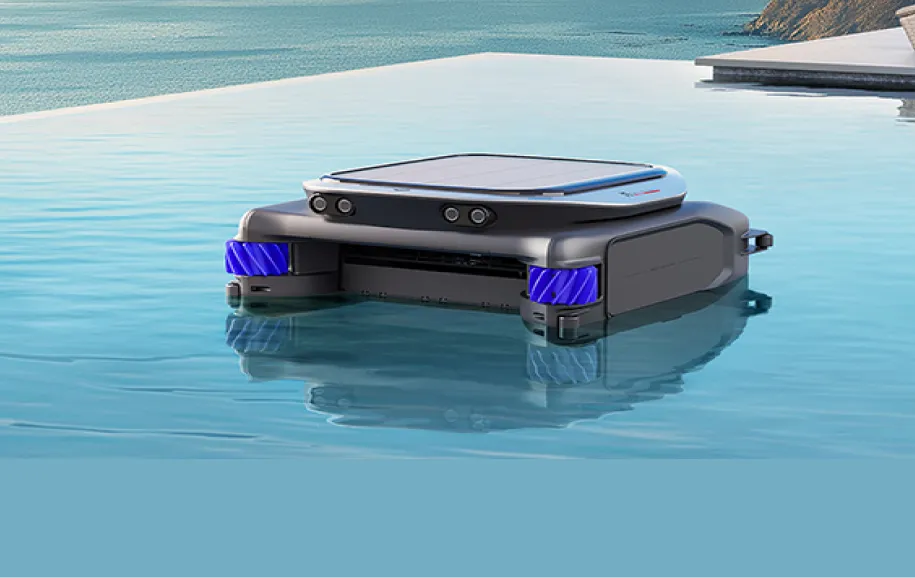










 Australia
Australia 中国大陆
中国大陆 日本
日本


 Türkiye
Türkiye


 Italia
Italia
 Netherlands
Netherlands Belgium
Belgium
 Greece
Greece Polska
Polska
 Norway
Norway
 Sweden
Sweden
 Finland
Finland
 Denmark
Denmark
 Hungary
Hungary Czechia
Czechia
 Slovenia
Slovenia
 Croatia
Croatia
 Switzerland
Switzerland United Kingdom
United Kingdom
 Canada
Canada







